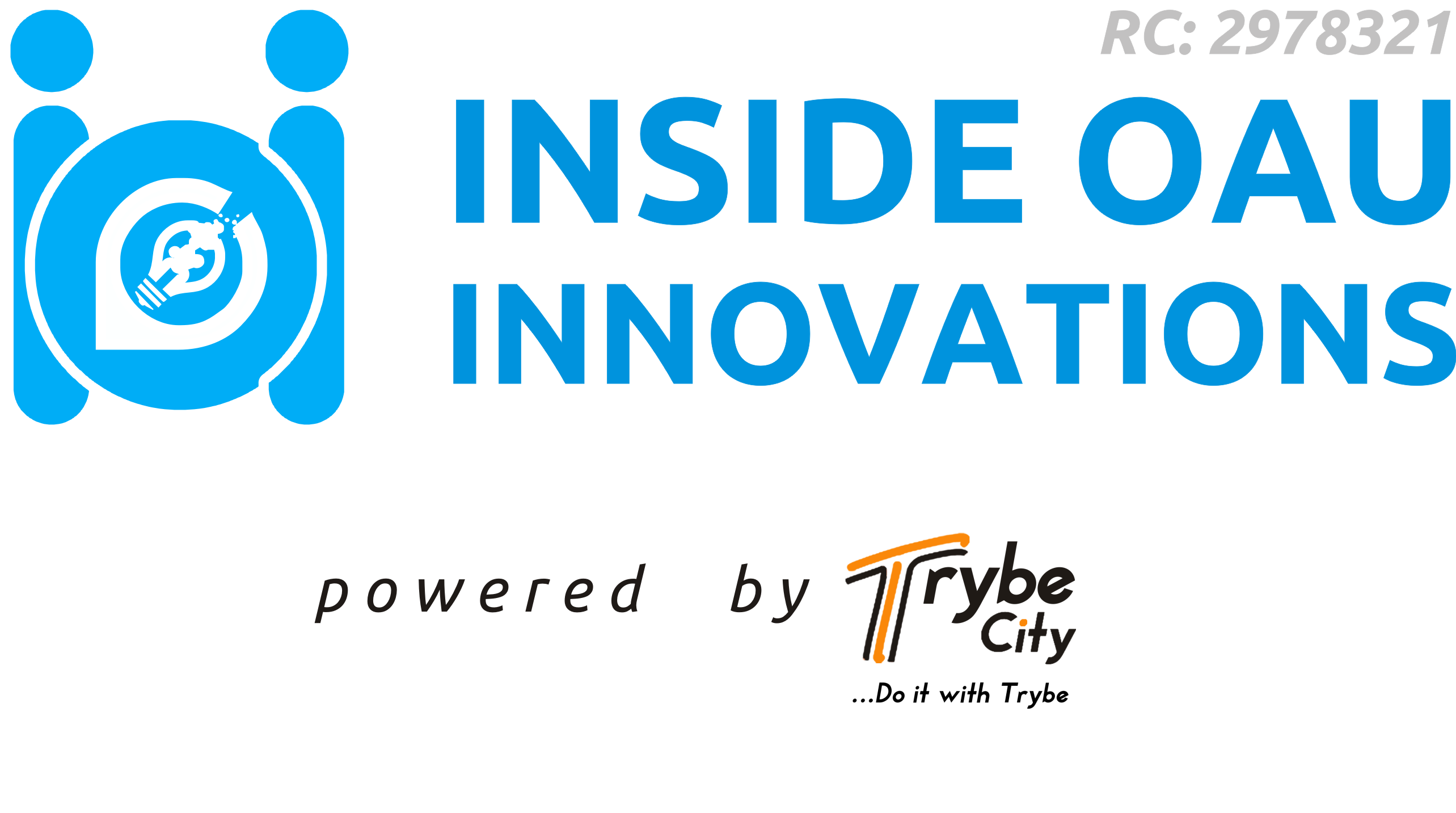We’ve all been there: You’re attempting to converse with somebody—possibly your chief—about a difficult you’re having grinding away, yet he holds peering down at his PC, so you can’t tell whether he’s hearing you. Or on the other hand you’re attempting to pass on some significant data in a group meeting, yet a large portion of the individuals there are browsing their email.
“Numerous individuals feel slighted and alone grinding away,” says Melanie A. Katzman, PhD., who composed another book called Connect First: 52 Simple Ways to Ignite Success, Meaning, and Joy at Work. “In the present working environments, we’re over and over again gazing at our telephones, holing up behind PowerPoint slides, and aggregating devotees and ‘preferences’ rather than connections.”
That is lamentable, in light of the fact that connections are what incredible vocations are based on. That, however human association makes us more joyful. Katzman calls attention to, “It initiates oxytocin, the ‘vibe great’ synthetic in the mind, which likewise shields us from the pressure hormone cortisol”— and who doesn’t need that?
Katzman, an analyst and specialist who educated at Weill Cornell Medical School for a very long time, presently runs Katzman Consulting and is a prime supporter of philanthropic Leadership Quest, a worldwide organization pointed toward growing socially capable business pioneers. En route, she wrote down many explicit approaches to make the sort of real association with others that can supercharge a profession, and transformed them into this book. “The best part is,” she says, “they all cost nothing, and normally take five minutes or less.”
Beast as of late talked with Katzman about how to benefit as much as possible from her tips at work and in a pursuit of employment.
Q: Many of the recommendations in Connect First seem like regular kindness, or sound judgment. For what reason would they say they are so exceptional, all things considered, presently?
Melanie A. Katzman: One explanation is speed. Correspondence now, incompletely due to innovation, is required to be immediate. So individuals neglect to hinder sufficiently long to do the “easily overlooked details,” like creation eye to eye connection, or calling individuals by their names. Hearing your own name resembles a neural start key. It initiates consideration and commitment. Another is, in case you’re driving a gathering, ensure everybody in the room realizes every other person’s name—and welcome individuals by name when you pass them in the lobby. All these little cordialities add up.
I likewise consider most us belittle how significant we, and our suppositions, are to others. For instance, on the off chance that somebody sends you a finished errand, compose a speedy email that quickly says, “Got it! Much appreciated!” or whatever the suitable reaction is. Taking a couple of moments—rather than making the sender stand by hours, or even days, for a word—can spare the person in question a great deal of unnecessary tension.
Q. You expound on making it a propensity to check out associates’ feelings. How accomplishes that work?
A. One thing late neuroscience has demonstrated without question is that performing multiple tasks wrecks profitability, and this is an extraordinary model. To tune into others, we must be available. That implies putting down our gadgets, killing superfluous cautions and ringers, and—generally significant—quieting our inside speech. It’s difficult to truly focus on another person while you’re tuning in to yourself. In the weight cooker of a bustling day, I don’t consider most us even acknowledge how occupied we are by our own considerations. So staying alert and putting forth the attempt to zero in on another person for a couple of seconds is a decent beginning!

